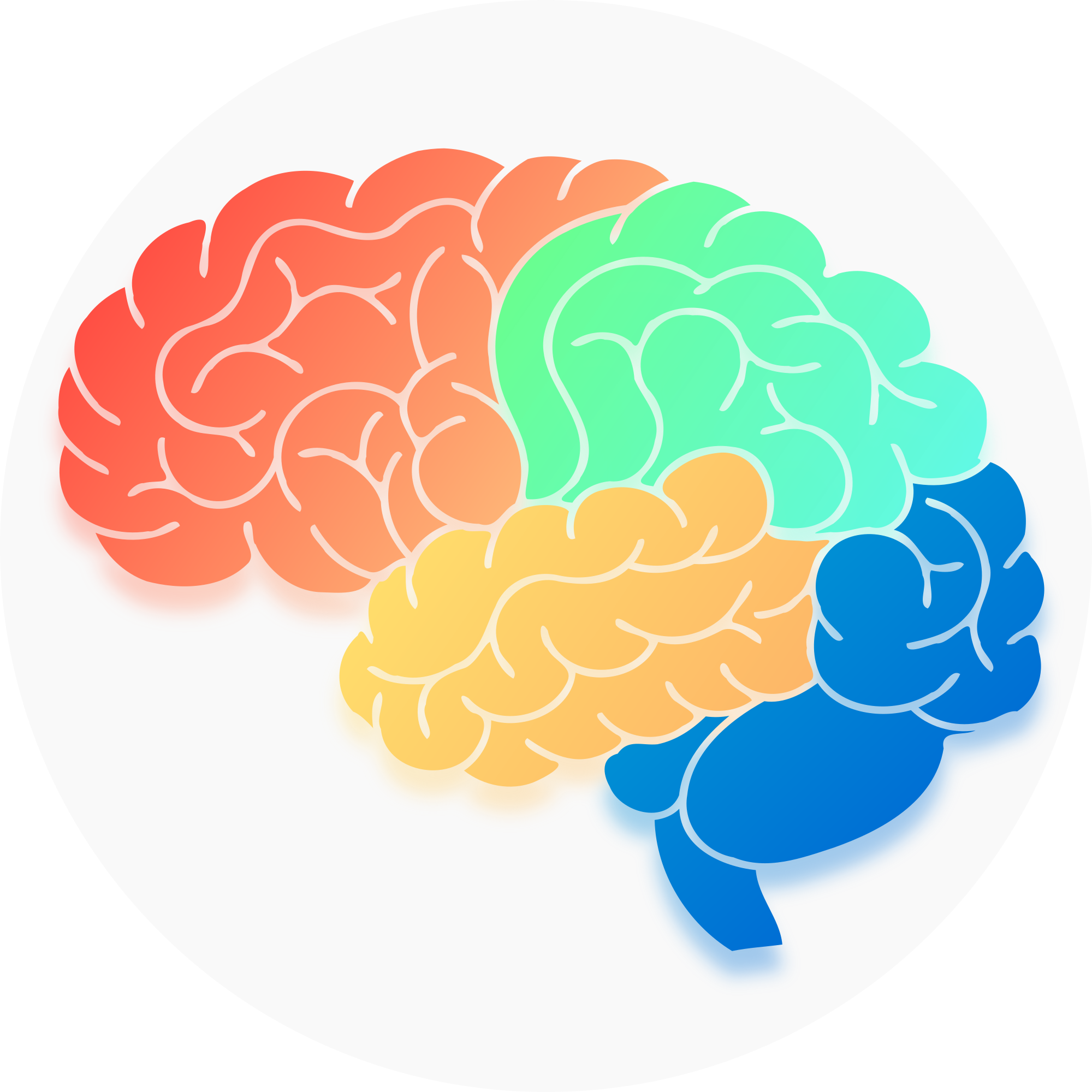Warning
This page was initially writen when we are thinking of starting this project, some of information provided here might not hold true, in future we will come back and update facts, figures, sources and derivations.
If you find something to be changed please do report it to us.
The Problem
Suffering is always hard to quantify especially when the pain is caused by as cruel a disease as Alzheimer’s. Most illnesses attack the body; Alzheimer’s destroys the mind and in the process, annihilates the very self .
This is the reason that we require a treatment for Alzheimer’s Disease. It is turning into epidemic which will devastate us and steal us of the very human Identity. Time has come that as a society,
“Let us not suffer but struggle against Alzheimer’s”.
The number of Americans living with Alzheimer’s is growing — and growing fast. An estimated 5.7 million Americans of all ages have Alzheimer’s.
An estimated 5.7 million Americans of all ages are living with Alzheimer’s dementia in 2018. This number includes an estimated 5.5 million people age 65 and older and approximately 200,000 individuals under age 65 who have younger-onset Alzheimer’s.
- One in 10 people age 65 and older (10 percent) has Alzheimer’s dementia.
- Almost two-thirds of Americans with Alzheimer’s are women.
- Older African-Americans are about twice as likely to have Alzheimer’s or other dementias as older whites.
- Hispanics are about one and one-half times as likely to have Alzheimer’s or other dementias as older whites.
As the number of older Americans grows rapidly, so too will the number of new and existing cases of Alzheimer’s. Today, someone in the United States develops Alzheimer’s every 65 seconds. By mid-century, someone in the United States will develop the disease every 33 seconds.IN 2018, Alzheimer’s and other Dementias will cost the nation $277 Billion by 2050, these costs could rise as high as $1.1 Trillion.
Facts About Alzheimer’s
- ALZHEIMER’S Disease is the 6th leading cause of death in the United States.
- More than 16 Million Americans provide unpaid care for people with Alzheimer’s & other Dementias
- These care-givers provided an estimated 18.5 Billion Hours of care valued at nearly $234 Billion
- THESE CAREGIVERS PROVIDED AN ESTIMATED 18.5 BILLIONHOURS OF CARE VALUED AT NEARLY $234 BILLION.
- BETWEEN 2000 AND 2017 DEATHS FROM HEART DISEASE HAVE DECREASED 9% WHILE DEATHS FROM ALZHEIMER’S HAVE INCREASED 145%.
- 1 IN 3 SENIORS DIES WITH ALZHEIMER’S OR ANOTHER DEMENTIA. IT KILLS MORE THAN BREAST CANCER AND PROSTATE CANCER COMBINED.
- ONLY 16% OF SENIORS RECEIVE REGULAR COGNITIVE ASSESSMENTS DURING ROUTINE HEALTH CHECK-UPS.
- IN 2019, ALZHEIMER’S AND OTHER DEMENTIAS WILL COST THE NATION $290 BILLION. BY 2050, THESE COSTS COULD RISE AS HIGH AS $1.1 TRILLION.
- 5.8 MILLION AMERICANS ARE LIVING WITH ALZHEIMER’S. BY 2050, THIS NUMBER IS PROJECTED TO RISE TO NEARLY 14 MILLION.
- Every 65 SECONDS SOMEONE IN THE UNITED STATES DEVELOPS THE DISEASE.
The Solution
Background
An Epidemic plagues 50 million people worldwide and is one of the leading causes of death.The modern Epidemic is Alzheimer disease(AD). 1 in 4 AD patients are not diagnosed.The vulnerable age is largely above 60 but considering the fact that the development of disease begins 5-10 years symptoms it could also include in the age group of 30-50 age group.Approximately there are 200,000 individuals under age 65 who have younger-onset Alzheimer’s and also adults who are at risk of AD
There exists no cure for the disease and the current treatment is palliative in nature.There exists no treatment as we had been dogmatic in approach towards the disease.Another facet to the epidemic is the inaccurate and late diagnosis of the disease.disease.Current diagnosis involves
cognitive tests and expensive imaging test which are imprecise.
The key to cure the disease is to prevent the disease.Diagnosis of the disease in the pre-symptomatic phrase coupled with a personalised medicine can help us prevent the disease.We had been working upon a simple saliva based test for the Alzheimer disease.It detects the disease 5-10 years before onset of disease.The test enables us to discern the disease from other neurodegenerative disease which lead to dementia enabling an accurate treatment.
Our Goals
1)Our Research seeks to develop a simple saliva based test for AD which detects Aβ 42 in saliva which is elevated in pre-AD,MCI and AD patients. Interestingly,the levels of the biomarker were elevated in patients with PS-1 mutation which further validate our finding.
2).Our research broadly focuses on 2 aspects the former is development of bioimpedance sensor using f-EIS and the latter being development of a microcontroller to measure impedance.The sensor and the device can be connected by a a cable connector (DRP-CAC, Metrohm)
3)For developing the biosensor exploiting microfluidics could be a better choice for developing the detection system. An enhanced detection system based on a simple, electroanalytical system—based on the combination of a microcontroller impedance meter with easily fabricated Micro-Paper-based Analytical Devices (μPADs). This is coupled with Faradaic electrochemical impedance spectroscopy (f-EIS) in the presence of redox reagent, e.g., [Fe(CN)6] 3−/4−, is used in biosensor owing to its high sensitivity.The study aims at developing the sensor on these lines and testing this against electrochemical analyser(CHI660E (CH instruments, USA) electrochemical analyzer)
4)After developing the biosensor,a portable EIS onboard microcontroller for performing EIS and standardising this device against the electrochemical analyser.We anticipate the initial test shall be semi-quantitative.
5)After developing this MVP,We would like to further optimise the device Optimisation would include utilising aptamers, improving on the impedance detection device(integrating with smartphone etc) ,further miniaturizing the device.
Why is this Project important?
The progression of Alzheimer’s disease can be broken down into three general stages: preclinical, mild cognitive impairment, and dementia. Preclinical Alzheimer’s disease describes a person who has no cognitive symptoms, but has signs of pathology on brain imaging or blood/cerebrospinal fluid (CSF) biomarkers. The brain imaging test and CSF is often cumbersome and expensive. The need of the hour is a test which can be integrated into routine healthcare checkups. The characteristics of the test should be-
1)Satisfy the ASSURED criteria by WHO
2)enable Point of care(POC) testing. Further optimization would make the test viable in a home setting.
3)distinguish between Alzheimer and other neurodegenerative disease
The saliva based test developed by Speaking Callosum satisfy above parameters and enable diagnosis of the disease in Pre-AD/MCI stage. This would enable us to prevent the disease with suitable therapeutic intervention. It has been demonstrated that NSAID (nonsteroidal anti-inflammatory drug) particularly ibuprofen when administered in early stages prevent the disease. Naman Rai had been working on a cobalamin(B12) therapy for Alzheimer disease.B12 has therapeutic implications owing to anti-inflammatory, anti-oxidant, neuroprotective and its role in epigenetic regulation. High levels of B12 reduce homocysteine as Vitamin B12 (cobalamin) plays a vital role in the conversion of homocysteine to methionine in methionine cycle. These therapies coupled up with other therapies may prevent Alzheimer disease.
Also the technology developed (i.e. Biosensor coupled with impedance measuring microcontroller) can be extrapolated to any disease. This is made possible by changing the biomarker being detected and slight modification in microfluidic device (chemical functionalization) and in the onboard portable impedance measuring microcontroller. This promise to revolutionize medical diagnostics and make POC testing more sensitive and specific.
Value Proposition
1) Pioneers in the field of saliva testing for Alzheimer disease. It detects the disease 5-10 years before onset of the disease.
2) It satisfies the ASSURED CRITERIA by WHO.
3) Multidisciplinary approach towards the disease
4) The device enables POC testing in home setting
5) Distinguish between Alzheimer and other neurodegenerative disease
Potential Outcomes
1) A saliva based test for Alzheimer disease which can be integrated into routine healthcare checkups which enable us to screen large sections of population. For instance. 1 in 4 AD patients are not diagnosed. The age is largely above 60 but considering the fact that the development of disease begins 5-10 years symptoms it could also include in the age group of 30-50 age group. Approximately there are 200,000 individuals under age 65 who have younger-onset Alzheimer’s and also adults who are at risk of Alzheimer.
2) Extrapolate the technology to the diagnosis of other diseases like various type of cancer, Parkinson’s disease (i.e. other neurodegenerative disease) and other infectious diseases like COVID-19,HIV etc.

